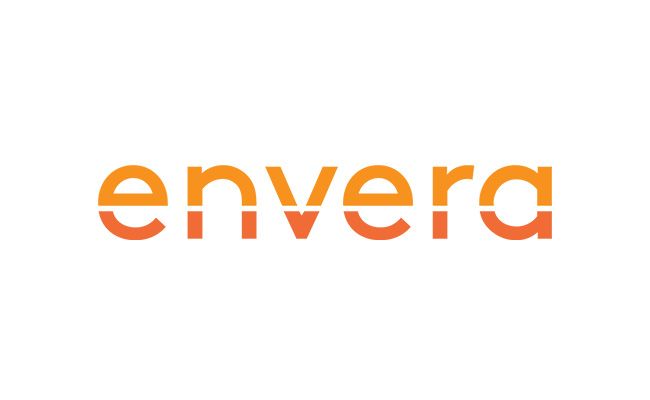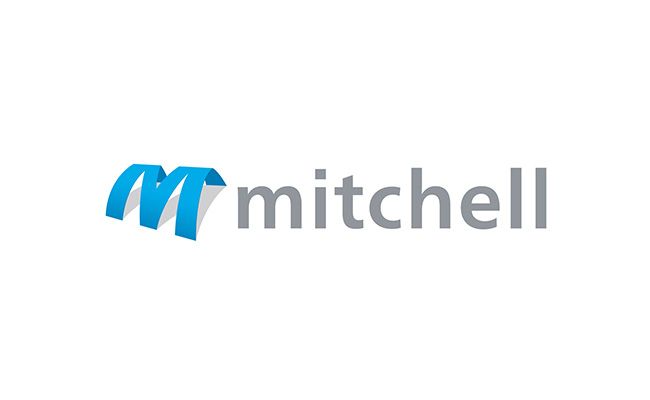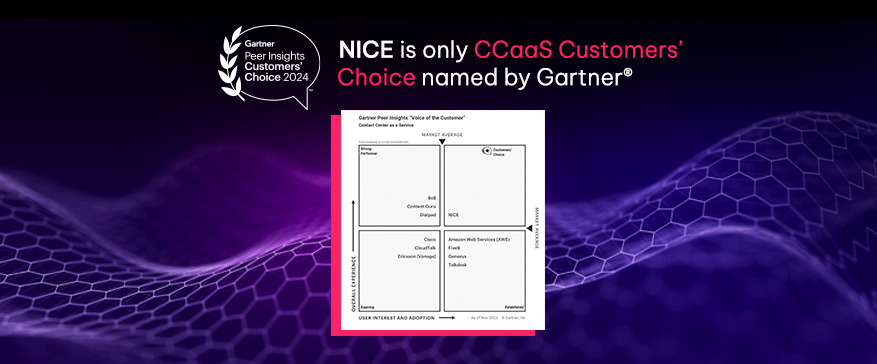CXOne Personal Connection
- Introduction
- Why Callback Optimization Matters
- Core Capabilities of Optimized Callback Systems
- Technical Architecture
- High-Value Use Cases
- Challenges and Solutions
- Persona-Based Benefits
- Key KPIs to Monitor
- Security and Governance
- Deployment Strategy
- Comparison: Basic vs. Optimized Callback Systems
- Final Thoughts
Introduction
Long wait times are one of the leading causes of customer dissatisfaction in contact centers. While offering a callback option is a proven solution, poorly optimized callback scheduling can still lead to missed connections, resource strain, and inconsistent customer experiences.Callback Scheduling Optimization uses real-time queue data, workforce availability, historical interaction patterns, and AI-powered forecasting to determine the best time and method to reconnect with customers—whether it’s five minutes from now or in two hours.This guide explores the technologies, strategies, and use cases behind callback optimization in modern NiCE-powered contact centers.Why Callback Optimization Matters
1. Reduces Hold Times and Abandonment
Callbacks let customers avoid long wait times, while still preserving their place in the queue. Optimizing when those callbacks happen prevents spikes, overpromising, or routing conflicts.Example: Instead of asking every caller to “wait 10–15 minutes,” the system offers callbacks when an agent is likely to be available—reducing drop-offs and improving experience.2. Balances Agent Workloads and Queue Volume
Callbacks can be intelligently distributed based on agent skillsets, queue depth, and forecasted traffic surges.Example: During a spike in billing calls, callbacks are shifted to off-peak windows or routed to lower-occupancy sites with available agents.3. Increases Contact Rate and Customer Satisfaction
When callbacks are scheduled at a convenient time for the customer and delivered reliably, customers are more likely to answer—and more likely to rate the experience positively.Example: NiCE offers customer-preferred time slot selection, increasing connection rates by 20–30%.4. Improves SLA and Forecast Accuracy
Callback data enhances staffing models and helps predict workload more accurately.Example: Forecasts account for deferred interactions (callbacks), reducing overstaffing during low-connection windows.Core Capabilities of Optimized Callback Systems
1. Intelligent Callback Time Prediction
Leverages WFM forecasts, real-time queue status, and historical AHT to estimate the optimal time to call back.Data Inputs:- Current queue length and pace
- Agent availability and skill matching
- Historical volumes by time of day
- Abandonment curves
- No-show and connection rate data
2. Customer Time Slot Selection Interface
Gives customers control over callback timing through web, IVR, or chatbot.Best Practices:- Offer two or three slot options within SLA thresholds
- Include timezone awareness
- Confirm via SMS or email
3. Dynamic Rescheduling Logic
Automatically reschedules missed callbacks or customer-declined attempts within acceptable business rules.Example: If the first attempt fails, the system retries based on a configurable retry window (e.g., 15–30 minutes later).4. Multi-Channel Callback Options
Supports callback requests from:- IVR menus
- Web forms
- Mobile apps
- Messaging apps (e.g., WhatsApp, Facebook Messenger)
- Chatbots with async callback integration
5. Callback Capacity Throttling
Prevents too many callbacks from being scheduled in the same interval, protecting agent SLAs.Methods:- Callback buffer windows
- Slot quotas based on WFM thresholds
- Skill-pool aware routing throttles
Technical Architecture
1. Callback Scheduling Engine
Real-time service that evaluates each callback request based on system load and predictive timing algorithms.Architecture Features:- Real-time message bus (Kafka/Kinesis) for event updates
- Callback state tracking (requested, queued, connected, missed)
- Configurable business rules and escalation timers
Forecast Integration Layer
Integrates with NiCE WFM platforms to pull interval-level forecasts and update callback slot availability.Example: The engine checks if a 1:00–1:15 PM slot is oversubscribed before confirming the booking.Notification System
Automated reminders and confirmations sent via:- SMS
- Push notification (app-based)
Agent Desktop Integration
Callbacks appear in agent workflows with:- Call reason/context
- Notes from chat, IVR, or web
- Scheduled callback time vs. SLA window
- Reconnect button or outbound click-to-call
High-Value Use Cases
Challenges and Solutions
Persona-Based Benefits
For Customers
- Avoid long holds
- Choose the best time to talk
- Get reliable, respectful follow-up
- High confidence the issue will be addressed
For Agents
- See full context for each callback
- Fewer frustrated customers
- Easier to prioritize follow-up interactions
For Supervisors & Ops Managers
- Balance incoming and outbound load
- Reduce peak-hour bottlenecks
- Improve SLA performance without overstaffing
For WFM and Data Teams
- Improve forecast accuracy with callback modeling
- Analyze demand deferral patterns and no-show rates
- Refine scheduling models to account for actual connection success
Key KPIs to Monitor
Security and Governance
- Encrypted scheduling tokens for web/app callbacks
- Session validation before agent connects outbound
- Audit trails for scheduled, executed, and missed callbacks
- Consent management for customers to opt in/out
- Time-bound data retention for callback metadata










